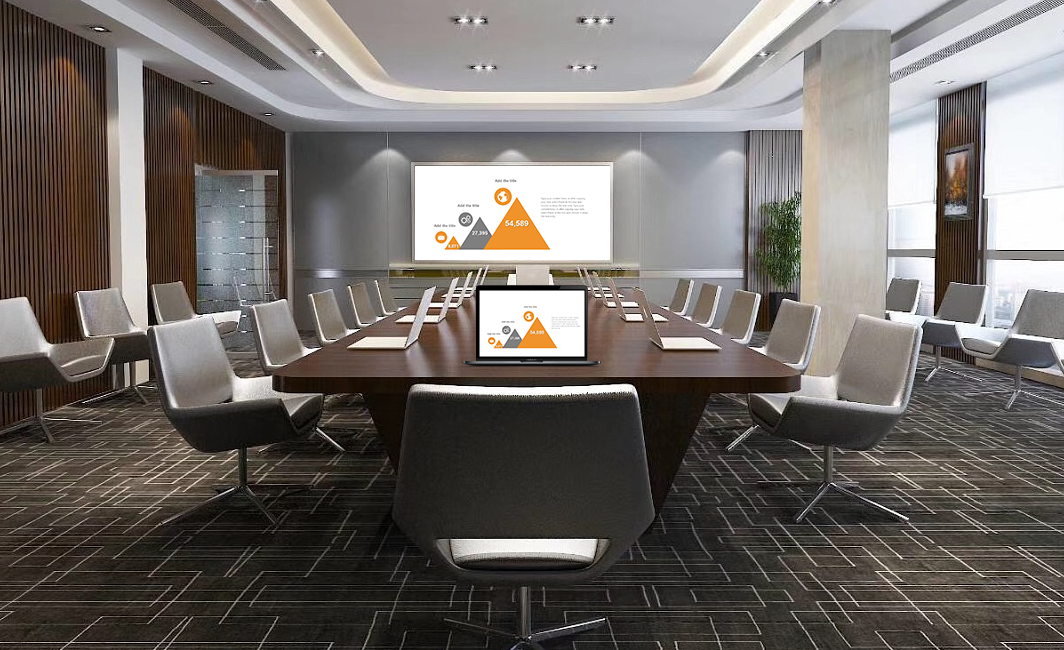Tangled wires and cumbersome adapters are the number one enemy of efficient meetings. The maturity of
wireless screen mirroring technology finally allows us to say goodbye to these troubles and embrace a truly smooth, efficient collaborative experience.
Wireless screen mirroring mainly relies on Wi-Fi networks. Your mobile phone or computer (the sender) uses protocols like Miracast, AirPlay, or proprietary protocols to transmit real-time, encoded, and compressed screen data streams to a mirroring receiver (such as a conference box or smart TV). The receiver then decodes the data and displays it on the large screen. WiDi is essentially an early Intel version of Miracast.
You must select a solution that supports AirPlay, Miracast (compatible with WiDi devices), and DLNA simultaneously to ensure all employees’ devices can connect seamlessly.
- Multi-Connection Management: Supports simultaneous connections from multiple users, enabling quick switching between presenters.
- Secure Encryption: Ensures business secrets are not stolen during transmission.
- Centralized Management: Allows IT staff to remotely manage mirroring devices in all conference rooms.
Are the connection steps simple? Is the mirroring stable with low latency? These factors directly determine employee acceptance.
Pure wireless screen mirroring is just the first step. It delivers maximum value only when integrated with a multi-screen collaboration system. For example, after mirroring, participants can directly make touch annotations on the large screen, and the annotations are instantly synced back to the original device; or they can easily access and display videos from a DLNA media library. This in-depth interaction is the core of modern intelligent meetings.
- Deploy a dedicated, high-performance Wi-Fi network for conference areas.
- When selecting wireless screen mirroring hardware, prioritize products with open APIs to facilitate future deep integration with the enterprise’s multi-screen collaboration platform.
Wireless screen mirroring is a high-return investment in an enterprise’s digital transformation. With careful selection and deployment, it not only eliminates cable clutter in conference rooms but also serves as a powerful catalyst to activate team multi-screen collaboration and improve overall efficiency.

